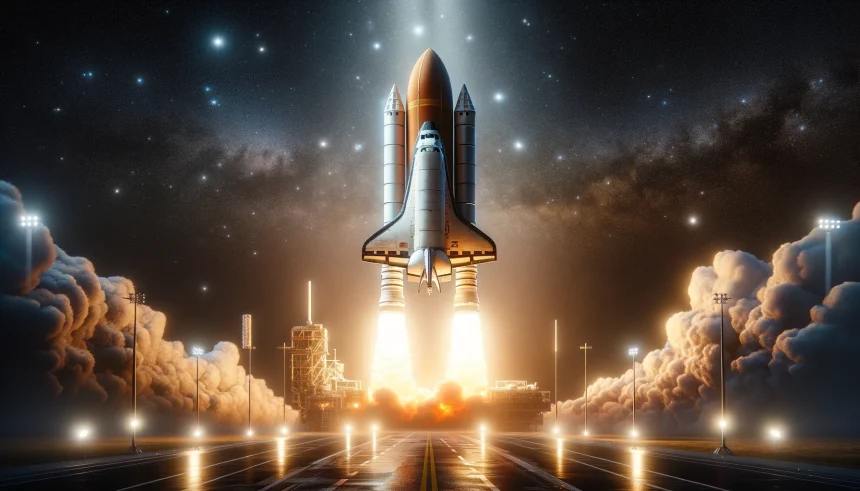The cosmos is intricately woven with magnetic fields extending across vast galactic expanses. Recent research suggests that these colossal magnetic structures may trace their origins back to the first generations of stars. This study introduces a novel perspective on how the interplay between early starlight and cosmic dust could have set the stage for the magnetic landscapes observed today.
While previous theories primarily focused on internal processes within galaxies to explain magnetic field generation, this new hypothesis shifts the spotlight to interstellar dust and stellar radiation from the universe’s infancy. The integration of dust grain dynamics with electromagnetic phenomena offers a fresh lens through which to understand cosmic magnetism.
How Did Early Stars Influence Magnetic Fields?
When the universe was just a few hundred million years old, the emergence of the first stars initiated a cascade of events. These stars emitted intense radiation that interacted with the surrounding gas and dust, imparting electrical charges to dust grains. As these charged grains moved under radiation pressure, they generated large-scale electrical currents, laying the groundwork for magnetic field formation.
What Role Do Dust Grains Play in This Process?
Dust grains acted as catalysts in this mechanism by becoming electrically charged and mobile. Their movement under the influence of stellar radiation created weak but extensive electrical currents. Over time, these currents contributed to the development of magnetic fields that, although initially feeble, spanned thousands of light-years.
Can These Fields Explain Present-Day Magnetic Structures?
The magnetic fields produced in the early universe, though weak, were sufficiently large to serve as seeds for subsequent dynamo processes. These processes amplified and sustained the magnetic fields, allowing them to reach the strengths and scales observed in modern galaxies and galaxy clusters.
“This scenario resembles a cosmic battery, stretching across thousands of light-years,” the researchers explained.
They suggest that detailed simulations are necessary to further validate this hypothesis and to compare theoretical predictions with astronomical observations.
Magnetic fields have long been a subject of intrigue in astrophysics, with various theories proposed to account for their origins and evolution. This study adds a significant piece to the puzzle by linking the genesis of large-scale magnetic fields to the radiative influence of the universe’s first stars. The interplay between dust-induced currents and cosmic magnetism provides a cohesive framework that aligns with observed magnetic properties across different cosmic structures.
Understanding the origin of magnetic fields is crucial for comprehending various astrophysical phenomena, including star formation, galaxy evolution, and the behavior of cosmic rays. This research not only offers a plausible mechanism for the birth of these fields but also opens avenues for future studies to explore the intricate relationships between early stellar activity and the magnetic architecture of the universe.










